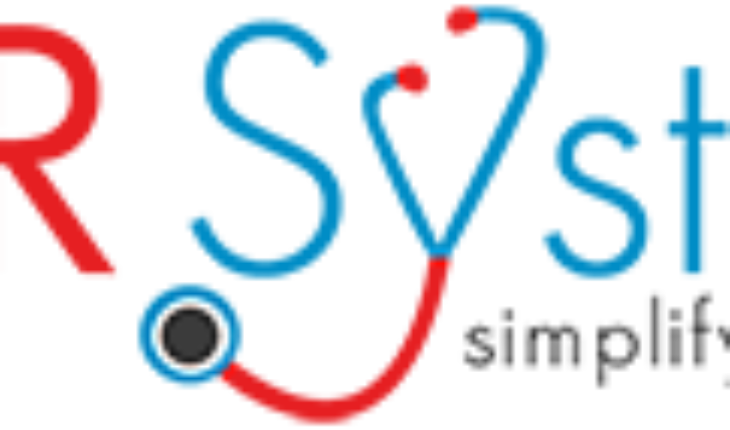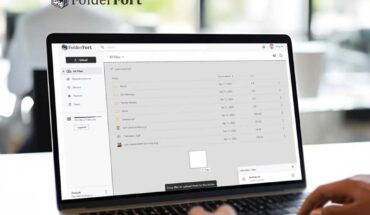Using EMR Software in Nursing Homes
Nursing homes have significance in the picture of healthcare in America as they include permanent care for elderly people who need long-term care. They may have diseases, physical disabilities, or dementia. The implementation of Electronic Medical Records (EMR) Software in nursing homes has become mandatory today. EHR Software systems help render the best quality care for patient wellness and maintain the effectiveness of nursing home management.
Importance of Nursing Home in the USA
As the number of elderly people increases, nursing homes are an essential need. As of 2020, the elderly population was 55.8 million roughly. Nursing home facilities provide necessary care for elderly people who cannot manage to live on their own. They help residents obtain care with the activities of daily living, disease monitoring, and even companionship.
Key EMR Software Features for Nursing Homes
Resident Care Plans
The customizable templates in the Electronic Medical Records Software empower providers to create effective resident care plans. These plans include medical history, dietary requirements, and treatment objectives.
Medication Management
Automated medication administration records (MARs) prevent mistakes, facilitate medicines availability on time, and alert the potential drug interactions. Accurate medication management With EMR systems facilitates patient safety levels and improves the quality of life for the patient.
Clinical Documentation
Intuitive clinical documentation tools can streamline daily charting. This enables nurses to easily and correctly document patient conditions and their progress. Speech-to-text technology in the EHR Software helps automate note taking which can reduce the time spent on tedious documentation. This gives more time to nurses to focus on their elderly and ailing patients.
Health Monitoring Tools
Health monitoring features such as vital signs and notifications allow medical staff to see changes in the patient. For example, blood pressure or blood sugar levels instantaneously.
Interoperability
Robust interoperability options in the EMR Software create an environment where data can be exchanged seamlessly. This helps in care coordination by linking nursing home staff to external providers. Medical data can be efficiently shared, and allow for quick referrals. Interoperability is the cornerstone to improve patient care delivery and bridge any care gaps.
Compliance Management
The integrated compliance features in the EHR Software ensure to enhance its ability to meet the state and federal guidelines. This can avoid nightmares such as audits or penalties.
Transforming Nursing Home Care with EMR Software
One of the benefits of documentation tools in electronic health records software is that nursing staff spends more time with patients. Rich analytical capacities provide insights into patient trends so that the staff can adequately mitigate the complications of chronic illness. Moreover, EMR Software increases transparency as it creates easier communication with families and makes everyone accountable.
Implementing EHR Software technologies is not just a means of functional advancement, but a focus on creating a better quality of life for America’s seniors.
Share This Story, Choose Your Platform!
Go to Top







